Tour of Bhutan, Nepal and Tibet!!
Namaste!! - We Welcome You With Folded Hands!!
Welcome to our tour, or as we say ‘Atithi Devo Bhava’ (The guest is an incarnation of God). Thank you for giving us the opportunity to serve you!!
On arrival at Paro Airport and after completing your Visa / Permit formalities you will be received by our Bhutan representative who will assist you in boarding your vehicle for transfer to Thimphu (2320Mts / 7656Fts, 65 Kms / 01½ to 02 Hrs), Thimphu is the capital town of Bhutan and the centre of government, religion and commerce, Thimphu is a unique city with unusual mixture of modern development alongside ancient traditions. Although not what one expects from a capital city, Thimphu is still a fitting and lively place. Home to civil servants, expatriates and monk body, Thimphu maintains a strong national character in its architectural style.
Upon arrival in Thimphu, we will check in to the hotel.
Afternoon proceed for half day Thimphu sightseeing covering – Memorial Chorten - The Chorten was built in 1974 to honor the 3rd King of Bhutan, Jigme Dorji Wangchuck (1928–1972), is a prominent landmark in the city with its Golden Spires and Bells. In 2008, it underwent extensive renovation. It is popularly known as "the most visible religious landmark in Bhutan".Changangkha Lhakhang (Monastery) (All tourists visiting Dzongs and temples must be dressed appropriately. No half pant, sleeve less shirts, floaters, etc are allowed) - This popular fortress-like temple perched on a ridge above central Thimphu regularly hums with pilgrim activity. It was established in the 12th century on a site chosen by Lama Phajo Drukgom Shigpo, who came from Ralung in Tibet. Parents traditionally come here to get auspicious names for their newborns or blessings for their young children from the protector deity Tamdrin (to the left in the grilled inner sanctum, next to Chenresig). Don't leave without taking in the excellent view from the back Kora (Pilgrim path), with its lovely Black and Gold prayer wheels.
Lunch is at tourist restaurant and dinner at hotel.
Overnight at Hotel Le Meridian
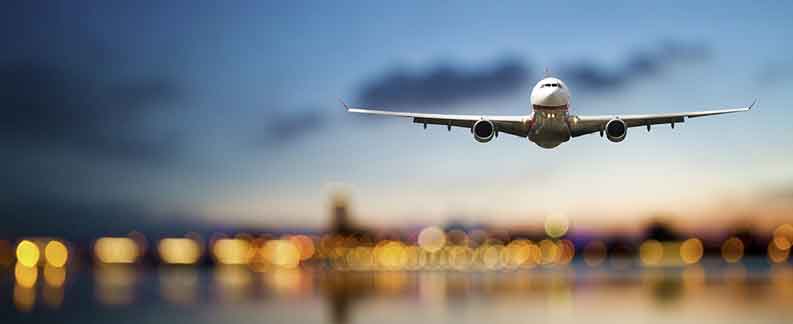
After breakfast visit the new Drupthob Goemba / Zilukha Nunnery - Perched on a promontory, overlooking picturesque Trashichho Dzong and Golf course, it is the only nunnery in capital known as Zilukha Anim Dratsang, once belonged to the Drubthob (Realized one) Thang Thong Gyalpo often referred to as The King of the open field (In the early 15th century with his multiple talents he popularly became the Leonardo da Vinci of the Great Himalayas). You may interact here with some of the nuns who have devoted their life to spirituality and Buddhism.Here you will get to meet and interact with Bhutanese nuns. National library (Closed on Saturday, Sunday & National Holidays) – is a major scriptural repository and research facility dedicated to the preservation and promotion of the rich literary, cultural and religious heritage of Bhutan. The scripture and document collection held in our library and archives is a national treasure and a fundamental source for Bhutanese History, Religion, Medicine, Arts and Culture. Later visit the Indigenous hospital where traditional art of healing is still practiced, Institute for Zorig Chusum (Traditional Art & Craft School) (Closed on Saturday, Sunday & National Holidays & During Summer & Winter Vacations) - The art taught today in Bhutan was introduced by the Great Treasurer Discoverer Terton Pema Lingpa in the Fifteen century. These traditional Crafts represents hundreds of years of Knowledge and ability that has passed down the generation. Bhutan unique artistic traditions have played a vital role in mounding its distinct cultural heritage. This tradition is best reflected in the “Zorig Chusum” or Thirteen Crafts. Textiles Museum (Handicrafts Shops) (Closed on Saturday, Sunday & National Holidays) - A wide assortment of colourful, hand woven textiles and other craft products is available for purchase at the government-run Handicrafts Emporium and many smaller crafts shops around the town. Then visit Zangthopelri Lhakhang (All tourists visiting Dzongs and temples must be dressed appropriately. No half pant, sleeve less shirts, floaters, etc are allowed) - The present structure was built in 1960s and although lacking the charm of many of the older temples, Zangthopelri still possesses some impressive murals and art treasures and is worthy of a visit. The site of the temple was a former battle ground, and the temple was constructed there in order to pacify energies. Tashichho Dzong (All tourists visiting Dzongs and temples must be dressed appropriately. No half pant, sleeve less shirts, floaters, etc are allowed) – Also known as "Fortress of the Glorious Religion", Trachichho Dzong, Thimphu was initially built in 1641 and later rebuilt in its present form by King Jigme Dorji Wangchuk in 1965. The Dzong houses, Main Secretariat Building which houses the Throne room of His Majesty, the King of Bhutan. The National Assembly Hall is housed in a modern building on the other side of the river from the Dzong. During the warmer summer months, the monk body headed by His Holiness, the Je Khenpo, makes its home in the Dzong.Kuensel Phodrang (Buddha Point) - You can pay your obeisance and offer prayers to the Buddha, the Largest Statue in the country and then walk around and take a glimpse of the valley. Back to the hotel
Lunch is at tourist restaurant and dinner at hotel.
Overnight at Hotel Le Meridian
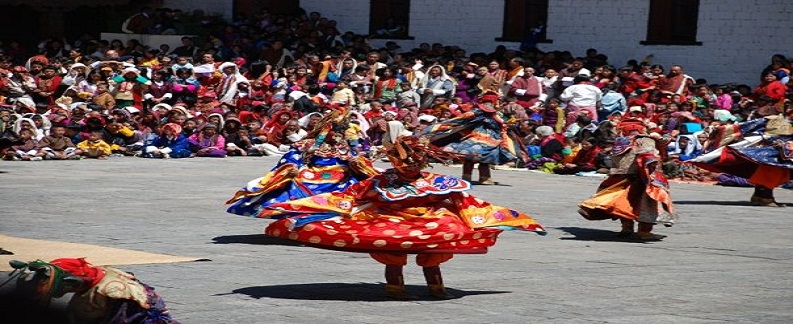
After breakfast, drive to Punakha (1350Mts / 4430Fts, 70 Kms / 03 to 3½ Hrs One way). The drive is over Dochu La pass (3080Mts / 10102Fts) which is very scenic with fascinating view of mountains of Bhutan. Stopping briefly here to take in the view and admire the Chorten, Mani wall, and Prayer flags which decorate the highest point on the road. If skies are clear, the following peaks can be seen from this Pass (Left to Right): Mt. Masagang (7,158Mts / 23478Fts), Mt. Tsendagang (6,960Mts / 22829Fts), Mt. Terigang (7,060Mts / 23157Fts), Mt. Jejegangphugang (7,158Mts / 23478Fts), Mt. Kangphugang (7,170Mts / 23518Fts), Mt. Zongphugang (7,060Mts / 23157Fts), a table mountain that dominates the isolated region of Lunana - Finally Mt.Gangkar Puensum (7,497Mts / 24590Fts), the highest peak in Bhutan. Later visit Punakha Dzong (Which is closed in Winter months when the monk body are in Punakha. All visits to Punakha Dzong & Monastery are limited till Courtyard only. All tourists visiting Dzongs and temples must be dressed appropriately. No half pant, sleeve less shirts, floaters, etc are allowed) - Built Strategically at the junction of Pho Chhu (Father) and Mo Chhu (Mother) rivers in 1637, by Shabdrung Ngawang Namgyal to serve as the religious and administrative centre of the region, Punakha Dzong has played an important role in Bhutan's history. Damaged by Four catastrophic fires and an earthquake, the Dzong has been fully restored by the present King. The Dzong is open for visitors during Punakha Festival and in summer months when the monk body moves to Thimphu.
Lunch is at tourist restaurant and dinner at hotel.
Overnight at Dhensa Resort
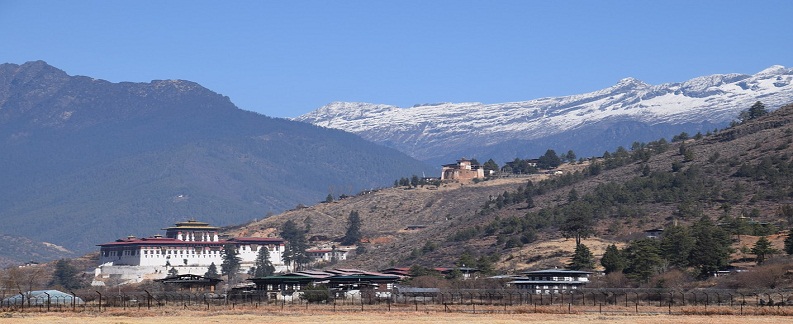
After breakfast, transfer to Paro (2134Mts / 7000Fts, 135 Kms / 05 Hrs) via visiting the oldest building in Bhutan, the Simtokha Dzong. It now serves as a Buddhist university.
Simtoka Dzong. The Simtokha Dzong is the oldest building in Bhutan that now serves as a Buddhist university. About 5 km south of Thimphu, on the ancient road to Paro and Phuentsholing, the elegant Simtokha Dzong was built in 1629 by Zhabdrung Ngawang Namgyal. The site is said to mark the place where a demon disappeared into a rocky outcrop, hence the name Simtokha, from simmo (demon) and do (stone). The site was also a strategically vital location to protect the Thimphu Valley and the pass east to Dochu La and eastern Bhutan.
Rinpung Dzong (All tourists visiting Dzongs and temples must be dressed appropriately. No half pant, sleeve less shirts, floaters, etc are allowed) - Built in 1646 by Shabdrung Ngawang Namgyal, the First spiritual and temporal ruler of Bhutan, the Dzong houses the monastic body of Paro, the office of the Dzongda (district administrative head) and Thrimpon (judge) of Paro district. The approach to the Dzong is through a traditional covered bridge called Nemi Zam. A walk through the bridge, over a stone inlaid path, offers a good view of the architectural wonder of the Dzong as well as life around it. It is also the venue of Paro Tshechu, held once a year in the spring. Walk further down crossing the traditional bridge into Paro Town.
Later visit Kyichu Lhakhang for a meditation session (All tourists visiting Dzongs and temples must be dressed appropriately. No half pant, sleeve less shirts, floaters, etc are allowed) - It is one of the oldest and most sacred shrines of the Kingdom dating back to 7th century (the other is Jambey Lhakhang in Bumthang). The Lhakhang complex is composed of two temples. The first temple was built by Tibetan King, Songtsen Gampo in the 7th century and in 1968, H.M. Ashi Kesang, the Queen Mother of Bhutan, built the second temple in original pattern, this is a popular monastery for wedding blessing among our travellers. Back to the hotel
Lunch is at tourist restaurant and dinner at hotel.
Overnight at Hotel Le Meridian
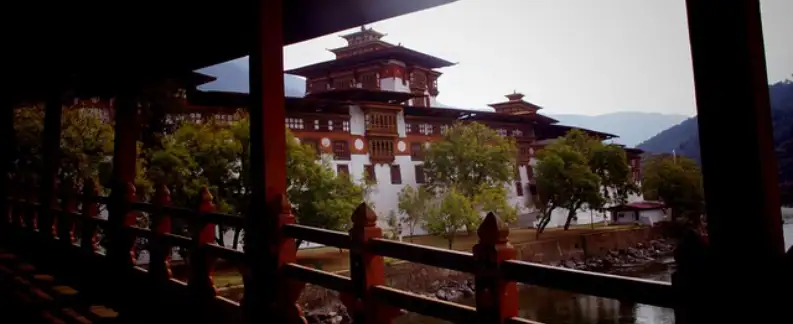
Start the day early for a day hike to Taktsang Lhakhang (Tiger's Nest) (All tourists visiting Dzongs and temples must be dressed appropriately. No half pant, sleeve less shirts, floaters, etc are allowed) with packed or early breakfast - The hike which is all the way uphill takes about 2½ hrs to 3Hrs one way through pine forests. The monastery clings to a huge granite cliff 900 meters from the Paro valley. It is one of the most famous of Bhutan's monasteries. It is said that Guru Rinpoche arrived here on the back of a tigress and meditated at this monastery and hence it is called "Tiger's Nest". This site has been recognized as a most sacred place and visited by Shabdrung Ngawang Namgyal in 1646 and now visited by all Bhutanese at least once in their lifetime. On 19 April, 1998, a fire severely damaged the main structure of building but now this Bhutanese jewel has been restored to its original splendour. Guest can also opt for Ponies on direct payment basis but for guest who are unable to make it to the top even reaching to the cafeteria area which in almost half way is very fulfilling. Back to the Paro hotel
Afternoon / Evening free at leisure or one can also go for shopping in the market.
Lunch is at tourist restaurant and dinner at hotel.
Overnight at Hotel Le Meridian
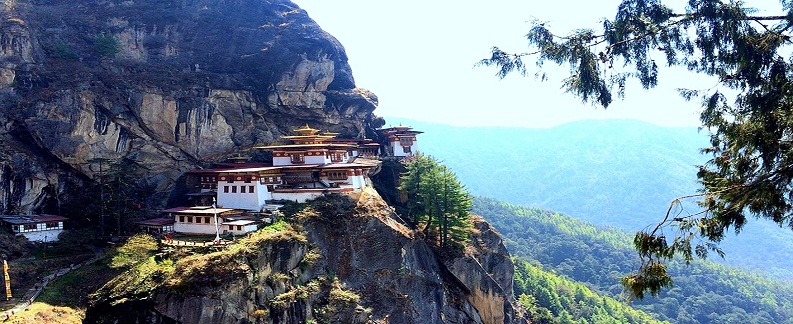
Breakfast is at hotel.
After breakfast, transfer to airport to connect the flight by Druk Air Or Bhutan Airlines. Upon arrival in Kathmandu, our representative will meet, assist and transfer to hotel.
Afternoon, we will visit Kathmandu Durbar Square and Swoyambhunath Stupa.
Kathmandu Durbar Square: It was founded between 1069 – 1083 AD. The complex of palaces, courtyards and temples were built between 1200 and 1768 A.D. and once used to be the seat of the ancient Malla kings of Kathmandu. The main attractions are Royal Palace, Hanuman Dhoka, Taleju Temple, Kashtamandap Temple, Kumari Temple (Living Goddess) etc.
Ason Bazaar (Vegetable & Spice Market): Ason bazaar is the oldest shopping place in Kathmandu. The place has various shops where one can buy all kinds of goods, groceries, vegetables, spices, and other ingredients needed for worshiping Gods, and the ingredients needed for ritual works. The place holds the most number of shops and different customers and class people bringing a warm environment and friendly atmosphere. Ason is equally famed for its traditional and cultural lifestyle of the people.
Swoyambhunath: It is a Buddhist stupa which stands at the top of green hillock west of Kathmandnu. It is believed to be over 2000 years old and was the point where Manjushree discovered the lotus of the ancient valley lake. The main attractions are big Stupa, 365 steps, Pratapur Temple, Anantapur Temple, Manjushree Temple along with numerous small chhortens.
Evening, we will enjoy Nepali Dinner with cultural program at outside restaurant.
Overnight at Hotel Radisson
Breakfast is at Hotel.
After breakfast, visit Pharping, Kirtipur and Patan Durbar Square.
Pharping: Pharping is an ancient renowned village situated in Southern Region of Kathmandu. "Shikharapur" is an ancient name of Pharping village. Shikharapur was independent Newari State when Gopaleshowr Temple was in the middle of Pharping. It is a typical Newari village and Newari culture is a model for this whole village. It was an established state at that time when Kathmandu Valley was a lake. It is said there was no existence of Kathmandu, Bhaktapur and Lalitpur. Later Goddess Manjushree cut the Chovar gorge and the water of valley flowed outside then after valley became suitable to stay. Hence, Pharping has its own ancient history, so, it is considered as a History of Village. It's also said that Great Gurus of Hinduism and Buddhism get enlightened at Pharping. It's also famous as a religious and religious place for Buddhist pilgrims as Great Guru Padmasambhava is said to have attained enlightenment at Asura Cave, Gorakhanath and Sheshnarayan Cave at Pharping.
Kirtipur: Kirtipur is an ancient city of Nepal. It is located 5 km southwest of Kathmandu. The name Kirtipur comes from the Sanskrit terms Kirti (glory) and pur (city). The colloquial term used for the city is Kipoo. Kirtipur's history dates from 1099 A.D. It was part of the territory of Lalitpur at the time of the invasion of the Kathmandu Valley by the Gorkhali king Prithvi Narayan Shah in the 18th century. In 1768, Prithvi Narayan Shah attacked Kirtipur and annexed it to the Gorkhali kingdom. He conquered the town on his third attempt. During this war he had lost many brave commanders.
Patan Durbar Square: The Patan Durbar Square has been acclaimed as one of the finest urban streetscapes in the world. Most of the monuments seen today were built between the 16th – 18th centuries. It is known as the centre of fine arts and for the superb craftsmanship of its artisans. Essentially a Buddhist city, historic inscriptions establish Patan as an important town as it is said to have been founded by Emperor Ashoka in the 3rd century B.C., although no historical proof exists. The main attractions are Royal Palace, Krishna Temple, Taleju Temple, Bhimsen Temple, Golden Temple (Hiranyavarna Mahabihar) etc.
Note: We will submit the passports of clients to Chinese Embassy for Visa processing. (The clients do not need to go to the embassy).
Overnight at Hotel Radisson
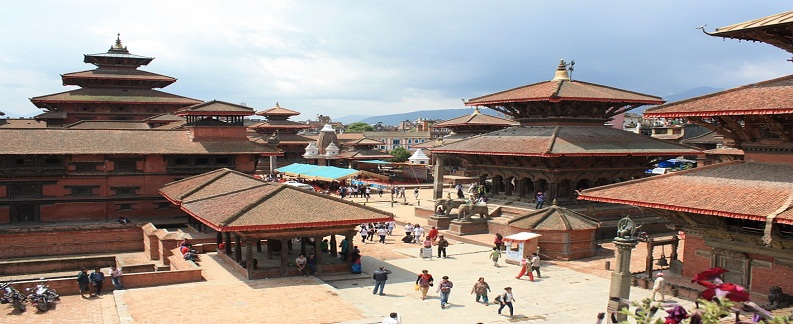
Breakfast is at Hotel.
After breakfast, visit the Chinese Embassy for Biometrics.
After finishing the process in embassy, visit Pashupatinath Temple and Boudhanath Stupa.
Pashupatinath Temple: The Pashupatinath Temple is the oldest Hindu temple in Kathmandu. It is one of the sacred Hindu temple complexes located on the banks of the Bagmati River. It is not known when the Pashupatinath Temple was built. But according to Nepal Mahatmaya and Himvatkhanda, the deity here gained great fame there as Pashupati, the Lord of all Pashus (Animal), who are living and non-living beings. The existence of the Pashupatinath Temple dates back to 400 BC. C., the richly ornamented pagoda houses the sacred linga or the sacred symbol of Lord Shiva. There are many legends describing how the Pashupatinath temple arose here.
Boudhanath Stupa: It was built by King Lichchhavi Mana Dev in the 5th century AD. C. Boudhanath is also called Khasti Chaitya in Kathmandu. The huge mandala of the stupa makes it one of the largest spherical stupas in Nepal with lots of positive energy. From its whitewashed dome to its gilded tower painted with the all-seeing eyes of the Buddha, the monument is perfectly proportioned. Pilgrims do koras (circumambulations) in the morning and in the afternoon in search of luck, peace and prosperity for all beings that live in this world.
Overnight at Hotel Radisson
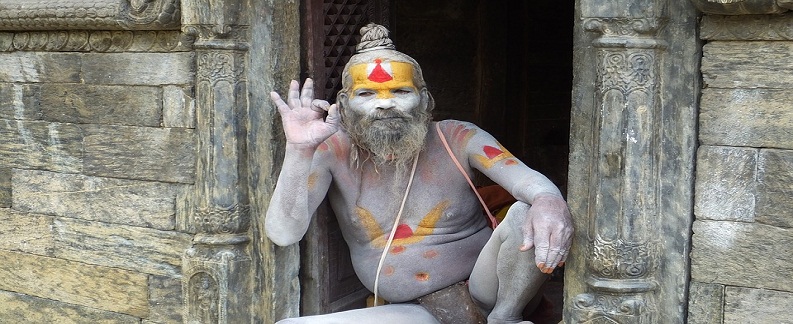
Breakfast is at Hotel.
After breakfast, proceed for the tour of Bhaktapur Durbar Square and later visit Nagarkot for day excursion/overnight stay.
Bhaktapur Durbar Square: It is an ancient capital of Kathmandu valley and was founded by King Yakshya Malla in 14th century. It was the trade route to Tibet. It is considered as a museum of medieval art and architecture with many examples of sculpture, woodcarving and colossal pagoda temples. The main attractions are Royal Palace (fifty-five windowed), Golden Gate, Nyatapola Temple, statue of King Bhupatindra Malla, Dattatraya Temple, Bhairabnath Temple, Peacock Window etc.
Nagarkot: Nagarkot is located 32 Km. east of Kathmandu (2,099 metres, 6,886 feet), away from the noise and traffic of the city. It is famous for its view of the Himalayas, stretching from Dhaulagiri in the west and from Everest to Kanchenjunga in the east. It is the best Himalayan viewpoint at a short distance from anywhere in the Kathmandu valley.
Evening, Sunset Viewing.
Overnight at Hotel Club Himalaya
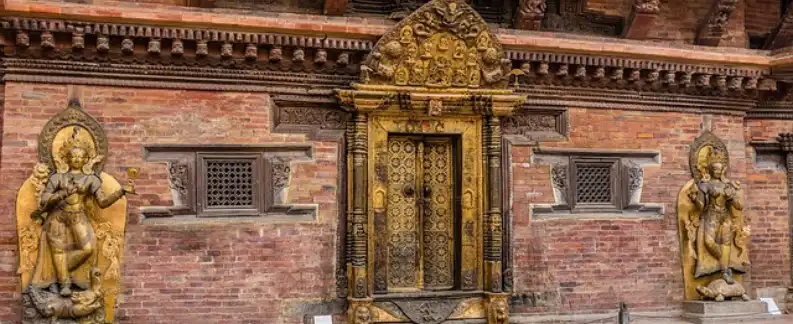
Early morning, Sunrise Viewing
Breakfast is at Resort.
After breakfast, visit Dhulikhel, Namo Buddha and Panauti Village.
Dhulikhel: This is a small Hill station mostly lived by Newar ethnic group and is located 30 km. 80 southeast of Kathmandu next to the Araniko road that leads to the Tibetan border. It was once the capital of a fourteenth-century kingdom that boasted diplomatic relations with the Ming emperors of China. It was also an important trading post for Tibet and China. Dhulikhel is popular for its natural beauty and ancient tradition. The Himalayan ranges from Karyolung in the east to Himalchuli in the west can be clearly seen.
Namo Buddha: Namo Buddha is the Buddhist pilgrimage site located 40 km west of Kathmandu. According to legend around 6000 years ago, the king , Ngingdui Tshenpo found a tigress lying near a rock at the top of the hill. The realized that she was going to die. Her five babies were still little and their survival depended on their mother. Ngingdui Tshenpo, was a young man who had his own kingdom but he decided to give his life to the tigress in a bust of love and compassion. After the tigress eaten the king, the villages brought his remains back in the village and buried in a tomb which later became the actual stupa of Namo Buddha. Some 3500 years later, the Gautam Buddha came to the village and he went around the Stupa three times. Then he declared that he was the reincarnation of King Ngingdui Tshenpo. It was that moment that Gautam Buddha renamed this village and henceforth the name of Namo Buddha which means First Buddha.
Panauti: Panauti is the beautiful town (the oldest towns in Nepal) is located 32 km, southwest of Kathmandu. It is surrounded by lush green hills rich in wide variety of flowers and fauna. The forest around Panauti homes the rich number of birds and animals. Panauti is quaint and interesting destination of Nepal. It feels as if has been left exactly the way the founders had built the town. A nostalgic atmosphere covers the narrow town streets and ancient structures.
Note: We will get Tibet Visa today. (The clients do not need to go to the embassy).
Overnight at Hotel Radisson
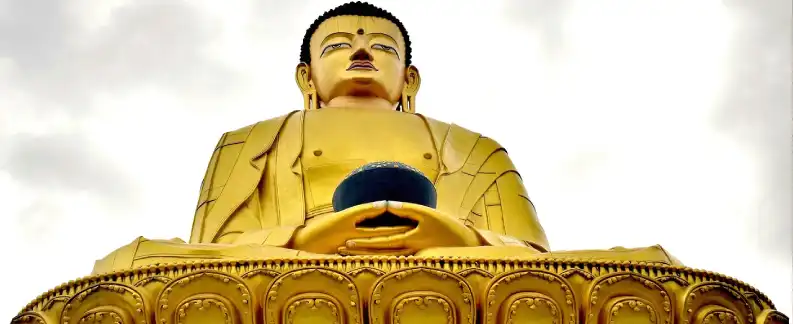
Breakfast is at Hotel.
After breakfast, visit Potala Palace (winter palace of Dali Lama), Jokhang Temple (central Buddhist cathedral of Lhasa) and Barkhor Bazaar.
Potala Palace: the Potala Palace, a pearl on the plateau, the construction of the world famus Potala Palace was started in the 7th century during the time of the Tubo King Srontsan Gampo on the top of Mt. Putup, it is looming over the whole Lhasa city. The Potala Palace cosist of two palaces the Red and the White Palace with over 1000 rooms. The Palace stands up so high that itt resembles a mgnificent castle in the heaven. It takes itself a good example of the ancient Tibetan cultureand architecture. It was the chief residence of the Dalai Lama until the 14th Dalai Lama fled to Dharamsala, India after a failed uprising in 1959. In 1648, the Potrang Karpo known as White Palace was completed, and the Potala became the winter palace of Dalai Lama from that time.The Potrang Marpo or the Red Palace was added to the complex between 1690 and 1694. It was inscribed to the UNESCO World Heritage List in 1994.
Jolkhang Temple: This temple is one of the most sacred and important temples in Tibet. A part of the UNESCO World Heritage Site "Historic Ensemble of the Potala Palace" and a spiritual centre of Lhasa, it is perhaps the most popular tourist attraction in Lhasa. It was built by King Songtsän Gampo probably in 647 A. D. Both Bhrituti and Wencheng, the Nepalese and Chinese wives of Songsten Gampo brought important Buddhist images (sitting statue of Sakyamuni) to Tibet as part of their dowries, which are housed here. The famous Buddhist Master, Atisha, taught here in the 11th century and it has been considered the most important temple in Lhasa ever since.
Bharkhor Market: The circular Barkhor Street is the oldest street of old Lhasa city. Found in the heart of Lhasa and circling the Jokhang Temple it is the trading as well as religious center of the city. It means 'a pilgrim's inner circuit'. It dates back to the foundation of the Jokhang Temple and is an essential pilgrim route. Buddhist pilgrims walk or progress by body-lengths along the street clockwise every day into deep night to reach Jokhang temple. It is also called 'the window of Tibet' as it typically reflects the Tibetan life and culture.
Overnight at Hotel Golden Grain
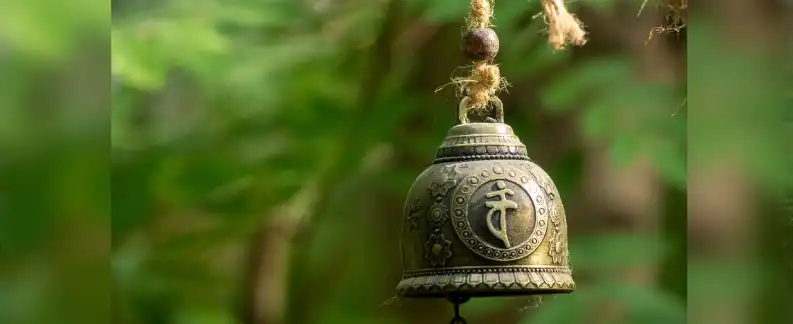
Breakfast is at Hotel.
After breakfast, visit Drepung Monastery (the biggest monastery in Tibet housing more than 10,000 monks one time) and Sera Monastery (2nd biggest monastery).
Drepung Monastery: It is situated to the west of Lhasa city and was founded in 1417 by one of the disciples of Tsong Khampa. Literally means the 'Rice Heap' monastery', Drepung is also one of the "great three" Gelukpa university monasteries of Tibet. Drepung is the largest and richest of the three major yellow sect monasteries in Lhasa that houses over 10000 monks and governed over 7700 subsidiary monasteries and indeed at its peak was the largest monastery of any religion in the world. Jamyang Chojey, who was a direct disciple of Je Tsongkhapa, the founder of the Gelukpa school, founded it in 1416. It is located on the Gambo Utse Mountain, 5 kilometers from the western suburb of Lhasa.
Sera Monastery: Sera Monastery once it ws the second largest of all monasteries in Tibet. 'Sera’ literally means 'Enclosure of Roses', is one of the 'great three' Gelukpa university monasteries of Tibet. Set on the foot of the Wudu hill, 5 km North of Lhasa city, Sera comprises of a great sutra chanting hall, a college and 32 sections. Once it was the second largest of all monasteries in Tibet. It was founded in 1419 by a disciple of Tsong Khapa. As its peak it housed over 7000 monks and was famous for its warrior monks, the Dob-Doa. Although badly damaged, it is still standing and has been largely refurbished. It now houses a few hundred Buddhist monks. The Sera’s library houses some of the valuable prayer books. Prayers books in Sera's library Graduates of Sera Jey College who are known in the west include, Lama Thubten Yeshe, Geshe Kelsang Gyatso, Lama Thubten Zopa Rinpoche. Like the Drepung and Ganden monasteries, it had three colleges, namely Sera Mey Dratsang, Sera Jey Dratsang, and Ngagpa Dratsang.
Overnight at Hotel Golden Grain
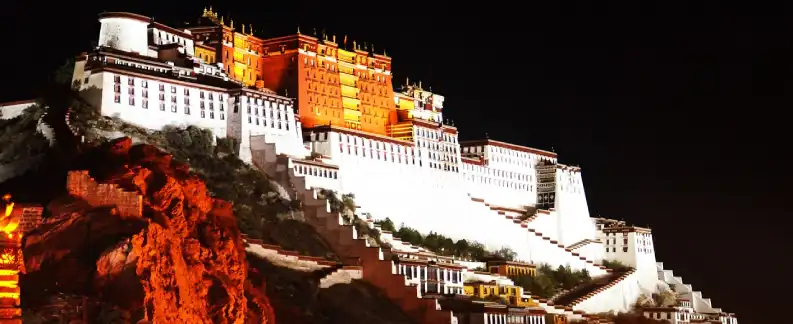
Breakfast is at Hotel.
After breakfast, drive approximately 50 km northeast of Lhasa to Ganden, the monastery is one of the three great Gelukpa sect religious centers in the Lhasa area, is cradled in a natural amphitheater high above the Kyi Chu River. It was built in 1409 by the founder of Yellow Hat sect. Master Tsongkapa and is the first Gelugpa monastery and has been the main seat of the major Buddhist order ever since. After visiting the monastery, we get ready to hike a bit around it (Upper Kora), on the hiking path you can see lot of carved Buddhist scriptures on the rock and pilgrims circling the monastery and stupendous views of the surrounding Kyi Chu Valley below you and the miles of mountain range in the clear weather day. After finishing the Kora, we can have lunch at the local restaurant and return back to Lhasa city. After lunch drive back to Lhasa.
Overnight at Hotel Golden Grain
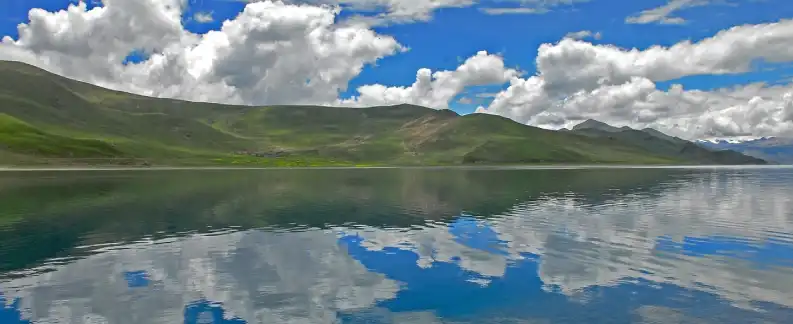
Copyright © 2016 - 2023, Trinetra Tours Pvt Ltd. Powered By DigiLantern

